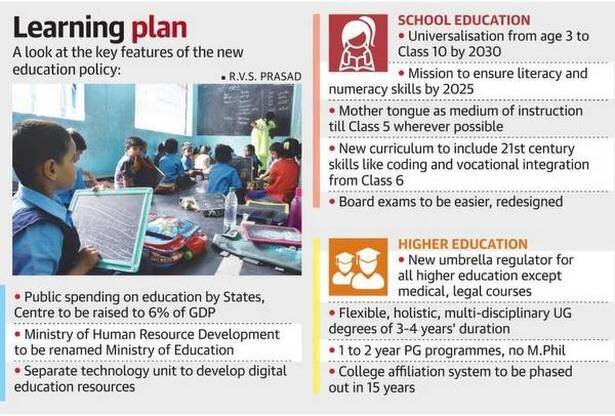Anger, a powerful and intense emotion, has the ability to consume us if left unchecked. While it may seem like anger always wins, it's essential to explore the complexities of this emotion and its consequences. In this article, we will delve into the impact of uncontrolled anger on individuals and society as a whole, and how we can harness this potent emotion for constructive purposes.
The Dominance of Anger
Anger is a primal emotion deeply rooted in our evolutionary history. It often arises as a response to perceived threats or injustices. When we allow anger to take control, it can feel like it has won, overpowering reason and logic. In these moments, anger can lead to regrettable actions, strained relationships, and even physical harm.
The Physical and Mental Toll
Uncontrolled anger is not only emotionally damaging but can also have severe physical and mental health consequences. It can lead to chronic stress, high blood pressure, and increased risk of heart disease. Moreover, the constant state of anger can negatively affect one's mental well-being, leading to anxiety, depression, and decreased overall life satisfaction.
The Social Ramifications
On a societal level, unchecked anger often fuels conflict and division. History is rife with examples of anger-driven violence, wars, and acts of terrorism. In more subtle ways, anger can lead to discrimination, prejudice, and the breakdown of social cohesion. When individuals and groups allow anger to prevail, it becomes challenging to find common ground and work toward constructive solutions.
The Cost of Uncontrolled Anger
The cost of uncontrolled anger is immeasurable. It damages relationships, destroys careers, and breeds hostility within communities. It fosters an atmosphere of fear and mistrust. We see the consequences of anger winning in road rage incidents, domestic violence cases, and workplace disputes.
Harnessing Anger for Positive Change
While it's crucial to acknowledge the destructive potential of anger, we must also recognize its capacity for positive change. Anger can be a powerful motivator for social justice and reform. It has played a pivotal role in historical movements that have pushed for civil rights, gender equality, and other significant societal changes.
To harness anger for positive change, individuals must learn to manage their emotions effectively. Techniques such as mindfulness, meditation, and therapy can help individuals gain control over their anger, redirecting its energy toward constructive action rather than destructive outbursts.
Conclusion
Anger is an intense negative emotion often triggered by perceived injustices, while forgiveness is a conscious choice to let go of resentment and the desire for revenge, promoting healing and reconciliation.
In the battle between anger and reason, it may often seem like anger wins. However, it is within our power to alter this narrative. By recognizing the physical, mental, and societal costs of uncontrolled anger, we can strive for better emotional regulation. We can transform our anger into a force for positive change, fostering understanding, empathy, and progress in our lives and the world around us. Anger doesn't always have to win; it can be harnessed for good when channeled wisely.
.jpeg)

.jpeg)
.jpeg)
.jpeg)
.png)
.png)

.jpeg)
.jpeg)
.jpeg)
.jpeg)






